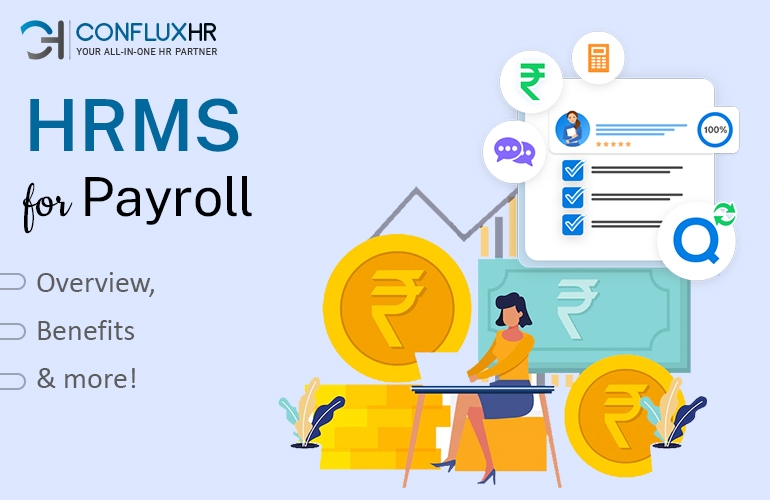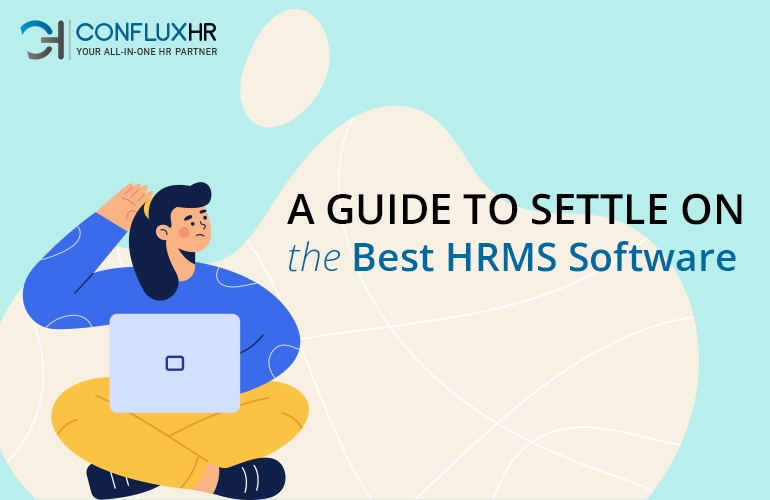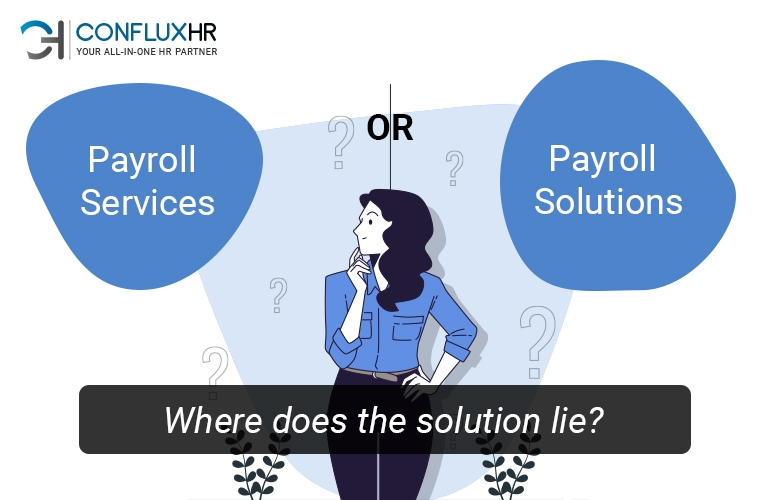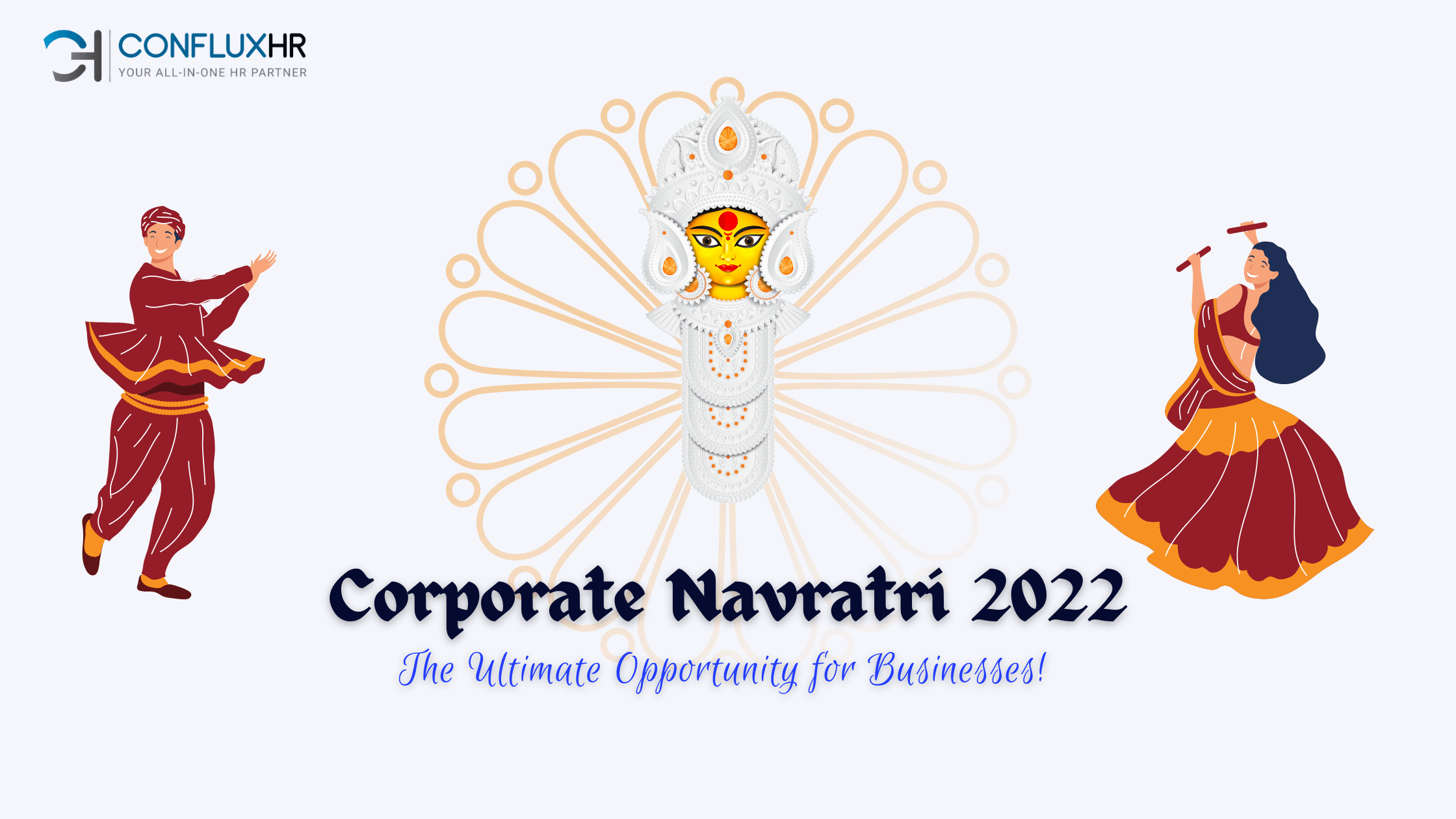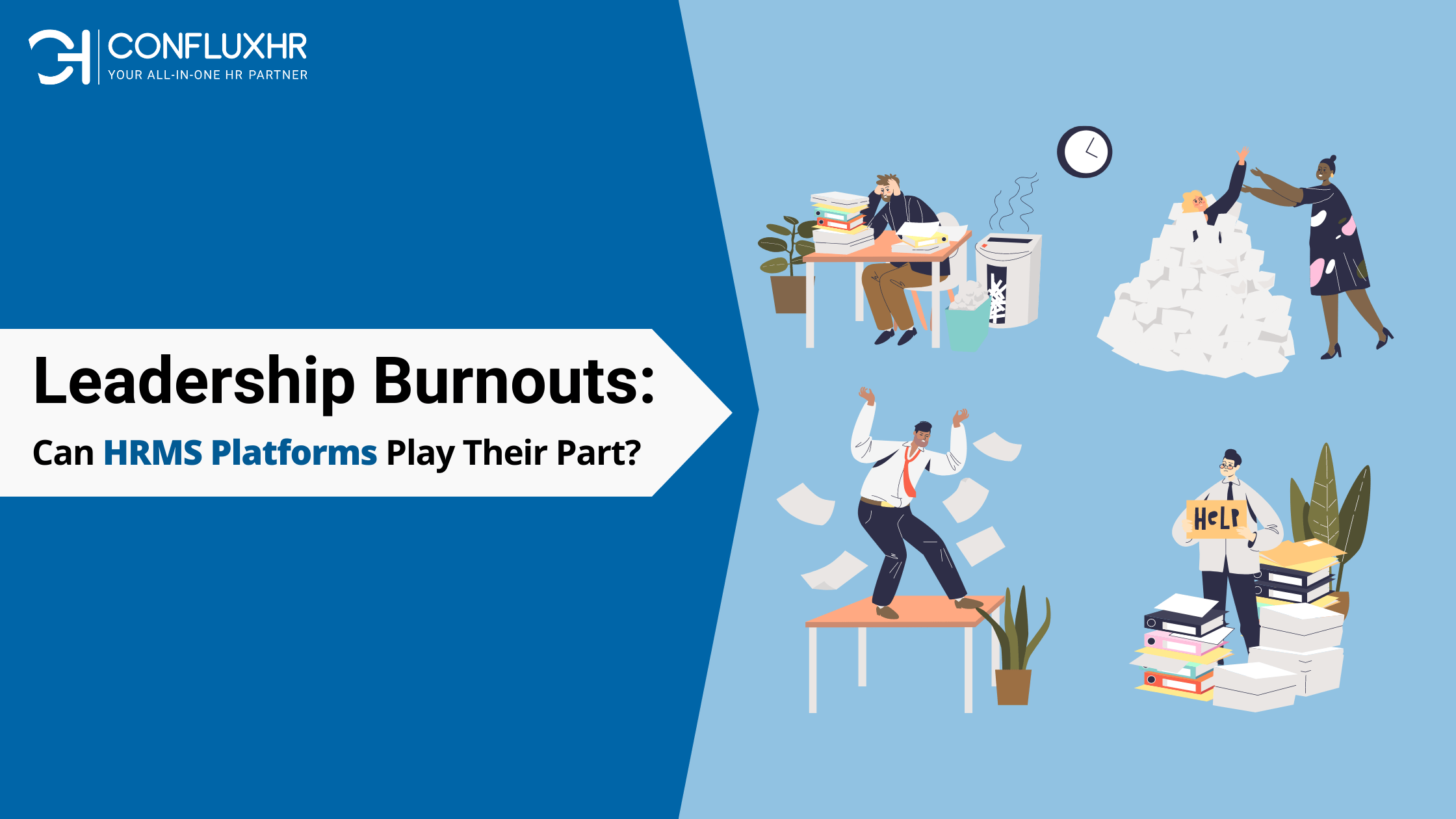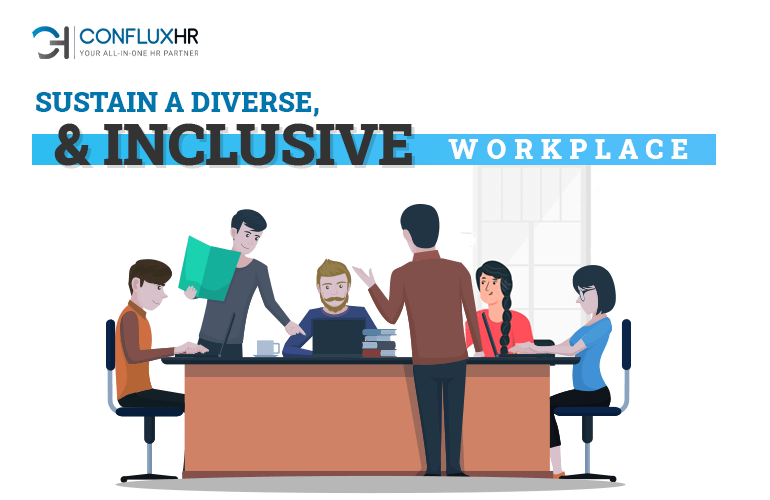What do you think a successful recruitment process looks like? May be accurate interview processes, proper data management and strategies to attract talent the right way. Seems like a great place to start the discussion.
Candidate management is one of the most promising strategies of recruitment management. It helps in building a healthy relationship with the applicants so that they can be used in the future responses. The task is a mixture of relationship management and data management. Candidate management traces the journey of an applicant to an employee.
A proper candidate management process attracts valuable candidates and ensures a fulfilling candidature experience.
What changes can an HRMS bring to the recruitment Process?
The entire talent acquisition process enjoys the advantage of candidate management process through an HRMS. Let us through some of the prominent differences that are substantially visible:
- There is no haphazard approach:
Things start falling apart when the approach towards candidates are haphazard. It degrades candidate’s interview experience. However, when you have a well-managed candidate data, you tend to get in touch with the candidate, give feedbacks, do follow ups on time. - You keep touch with the candidate:
Candidate management system enables you to keep in touch with the applicants after each step of the hiring process. Northing can ever be a worse behavior than ghosting an applicant or not getting back to them with an apt response. - You allocate the right talent
A dedicate recruitment management module in an HRMS helps you allocate the right talent for the positions. Leveraging technology for the candidate management helps you put the applicants in the interview pipeline and check their suitability. - Candidate management process becomes trackable
Candidate management process is insanely hectic when it is not trackable. The best HR systems have a recruitment management module that enables employers and HRs to track the details and interview details of applicants, which ultimately saves several working hours.
Top Features of a Recruitment Management Module
When you have ample recruitment management tools around, which one should you settle for? Well, we bring you the checklist for an ideal recruitment management module in an HRMS.
- Candidate database management
Candidate database management features helps you to add candidates and other related details about him/er. It helps manage candidature details for future references. - Skillset management
Skillsets are important points of consideration while assessing candidatures. Hence, skill set management helps in perfect resource allocation. - Interview scheduling
The recruitment management module of an HRMS must enable recruiters to schedule interviews. Hence, it automates the process where the interviewer gets notified and replaces the hassle of multiple follow ups. - Automated feedbacking
The manual feedbacking process takes a lot of time. However, with a dedicated recruitment process of an HRMS, the interviewer can automatically drop the feedback of the interview.
Final Words:
A seamless candidate management process is more about synchronizing the system and making it way more trackable. Moreover, you save several working hours which can be utilized for strategic functions of the HR wings.
Are you all set to experience seamless candidate management with the recruitment management module of ConfluxHR?



